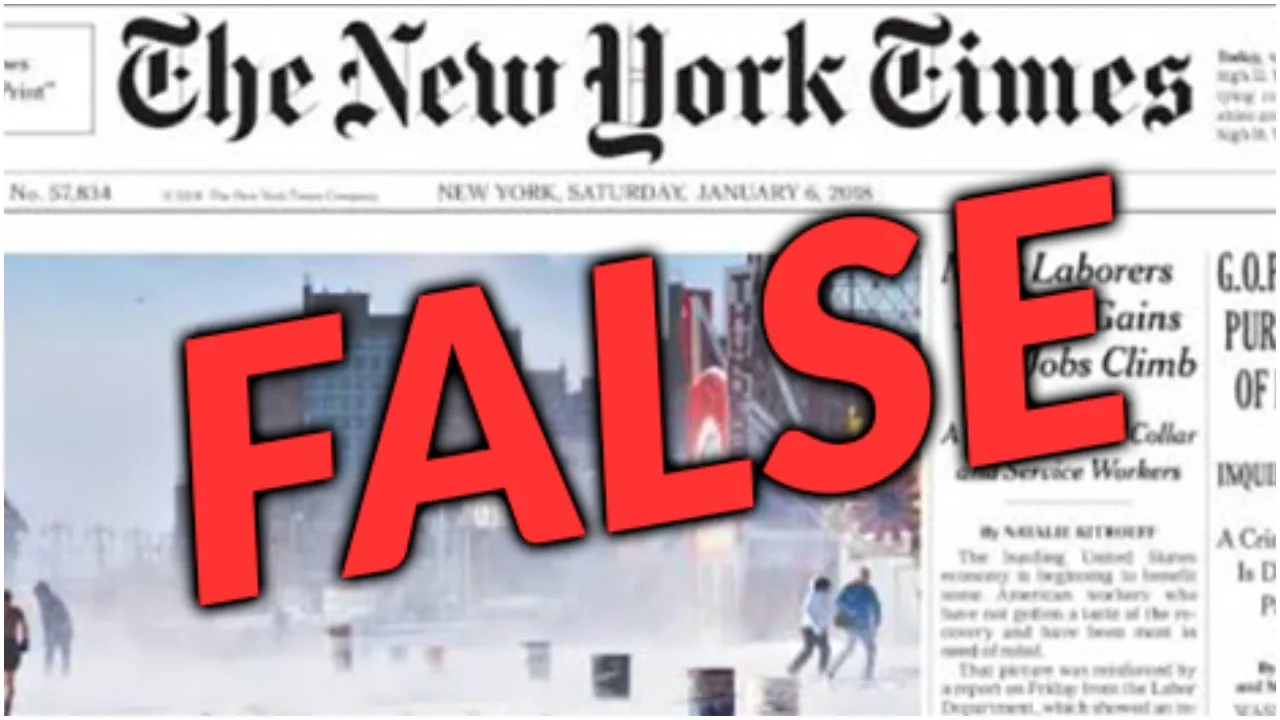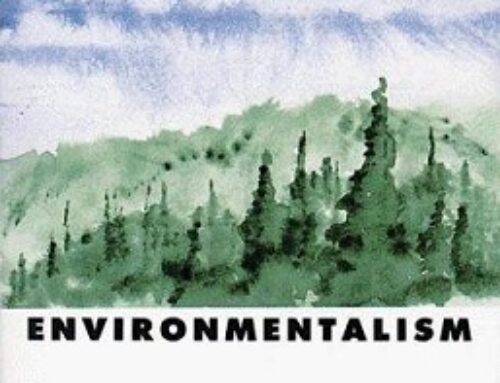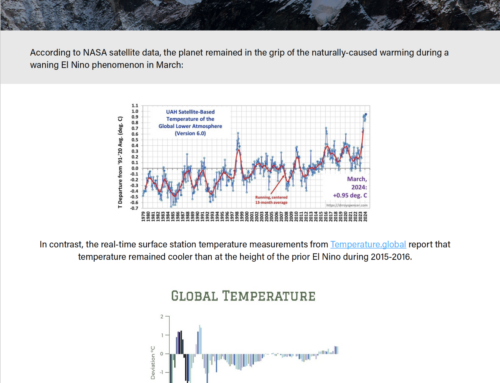by Greg Walcher, E&E Legal Senior Policy Fellow
As appearing in the Daily Sentinel
The New York Times recently opined that the endangered species law could be used to stop oil and gas production nationwide, because no matter where the drilling is, it contributes to climate change everywhere. Thus, sea turtles in Florida or monk seals in Hawaii could be the excuse to shut down oil drilling in Wyoming.
The Times quoted an Arizona professor questioning the government’s reliance on science, an Interior Department memo saying it cannot determine whether a tiny incremental greenhouse gas emission in one spot can impact a species thousands of miles away. “It’s totally the wrong way to think about it,” the professor said, predicting that a third of all plant and animal species could be gone in 50 years. “It doesn’t matter if we don’t know that this specific well in Wyoming led to an extinction. We know what the general pattern is.”
But do we?
The almost universally accepted view, taught for generations, is that habitat is being lost to development at an alarming rate, leading to a steady decline in wildlife and biodiversity across the nation. We have discussed various solutions to the crisis for years, but it turns out the crisis may be greatly exaggerated.
My friend Rob Gordon, one of America’s most respected experts in public lands, wildlife and endangered species, has published a new scholarly report called “Lands and Habitat in the United States: A Reality Check.” It is an eye-opener. Based on official government data, he finds that forests, grasslands, range and other natural-state lands are “not disappearing to development at an alarming rate, and urban sprawl is not a threat at the national level.”






